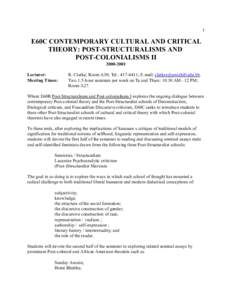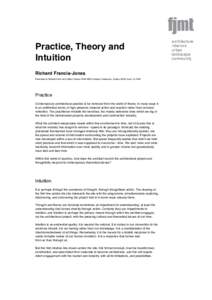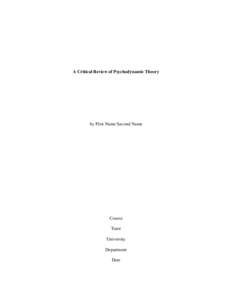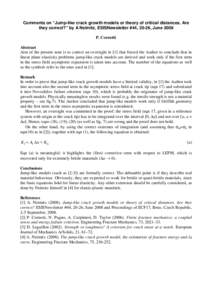 Date: 2014-10-27 12:48:05Day care Work–life balance Achievement gap in the United States Labor force Education Sociology Critical theory Male–female income disparity in the United States Structural inequality Gender studies Socioeconomics Women in the workforce | |  Part 1: The Global Gender Gap and its Implications The “consumer case”, “talent case” and the “diversity case” are all reflected in the findings around a growing business case for gender diversity. As women Part 1: The Global Gender Gap and its Implications The “consumer case”, “talent case” and the “diversity case” are all reflected in the findings around a growing business case for gender diversity. As women
Add to Reading ListSource URL: reports.weforum.orgDownload Document from Source Website File Size: 57,98 KBShare Document on Facebook
|






 Part 1: The Global Gender Gap and its Implications The “consumer case”, “talent case” and the “diversity case” are all reflected in the findings around a growing business case for gender diversity. As women
Part 1: The Global Gender Gap and its Implications The “consumer case”, “talent case” and the “diversity case” are all reflected in the findings around a growing business case for gender diversity. As women